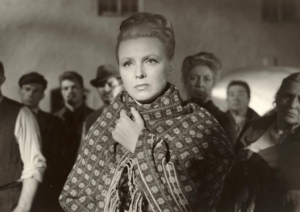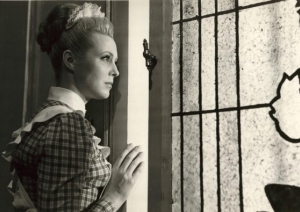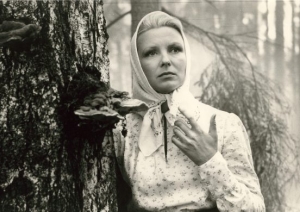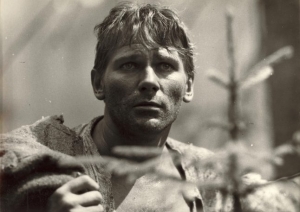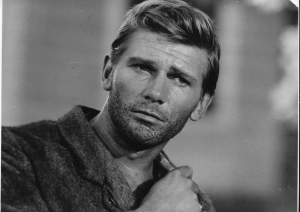The symposium “Hybrid Identities – Baltic Cinema” will include lectures and discussions focusing on Baltic pursuits of identity between 1918 and 1990. The Latvian filmmaker Laila Pakalniņa, and the Latvian film critic Elīna Reitere will share their insights about the individuality of Baltic cinema; the director of Riga Film Museum Zane Balčus and journalist Ābrams Kleckins will give a lecture on documentary poetry and cultural identity of “Riga Poetic Documentary School”; the Latvian National Film Centre director dr. Dita Rietuma will reveal cinematic gems in contemporary Latvian cinema; the film historian dr. Lina Kaminskaitė–Jančorienė will talk about Lithuanian film production during the transitional 1980s; the Lithuanian documentary filmmaker Audrius Stonys, the Estonian film historian Lauri Kärk will present Estonian Sixties during the Soviet Thaw, whereas prof. dr. Eva Näripea will talk about national and transnational in different periods of Estonian cinema, well-known Estionian animation artists will discuss about great animation in small country, etc.
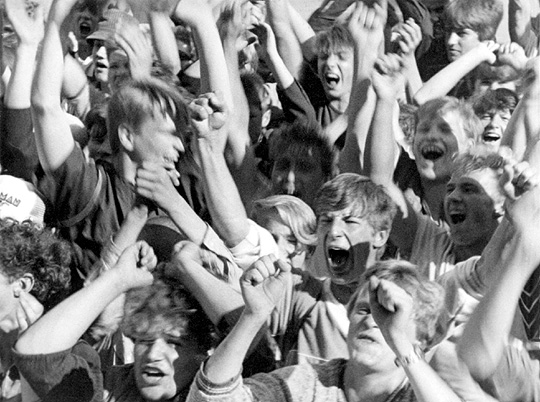
Complementing the daytime discussions will be screenings of master works from each Baltic State, among them: Latvian classic films – 235 000 000 by Uldis Brauns (1967), The Swamp Treader by Leonīds Leimanis (1966), Is It Easy To Be Young? by Juris Podnieks (1986) and two of Laila Pakalniņa’s works – The Shoe (1998) and Short Film About Life (2014); Lithuanian classic films Nobody Wanted to Die by Vytautas Žalakevičius (1965), Feelings by Almantas Grikevičius and Algirdas Dausa (1968), Devil’s Bride by Arūnas Žebriūnas (1974), The Children Of The Hotel “America“ by Raimundas Banionis (1990); Estonian classics – Madness by Kaljo Kiisk (1968), The Last Relic by Grigori Kromanov (1969), The Ideal Landscape by Peeter Simm (1980). Also, short films programme of retrospective Lithuanian documentary, including films directed by Robertas Verba, Valdas Navasaitis, Henrikas Šablevičius, Saulius Beržinis, Audrius Stonys, and two programmes of Estonian animation, presenting works of Priit Pärn, Mait Laas, Riho Unt and other filmmakers, will be screened during the symposium “Hybrid Identities – Baltic Cinema”.
The main goEast film programme will introduce the general cinema-going public to contemporary films from Central and Eastern Europe.
The presentation of Baltic cinema at goEast and the symposium is organised in partnership with National Film Centre of Latvia, Lithuanian Film Centre and Estonian Film Institute.
goEast film festival, organised since 2001, seeks to present the diversity and richness of Central and Eastern European cinema in the very “heart of the West” and raise awareness of the region’s filmmaking and its relevance to international cinema. Each year, the festival’s programme of more than 100 feature, documentary and short films attracts up to 400 industry professionals and 11,000 cinema-goers.



